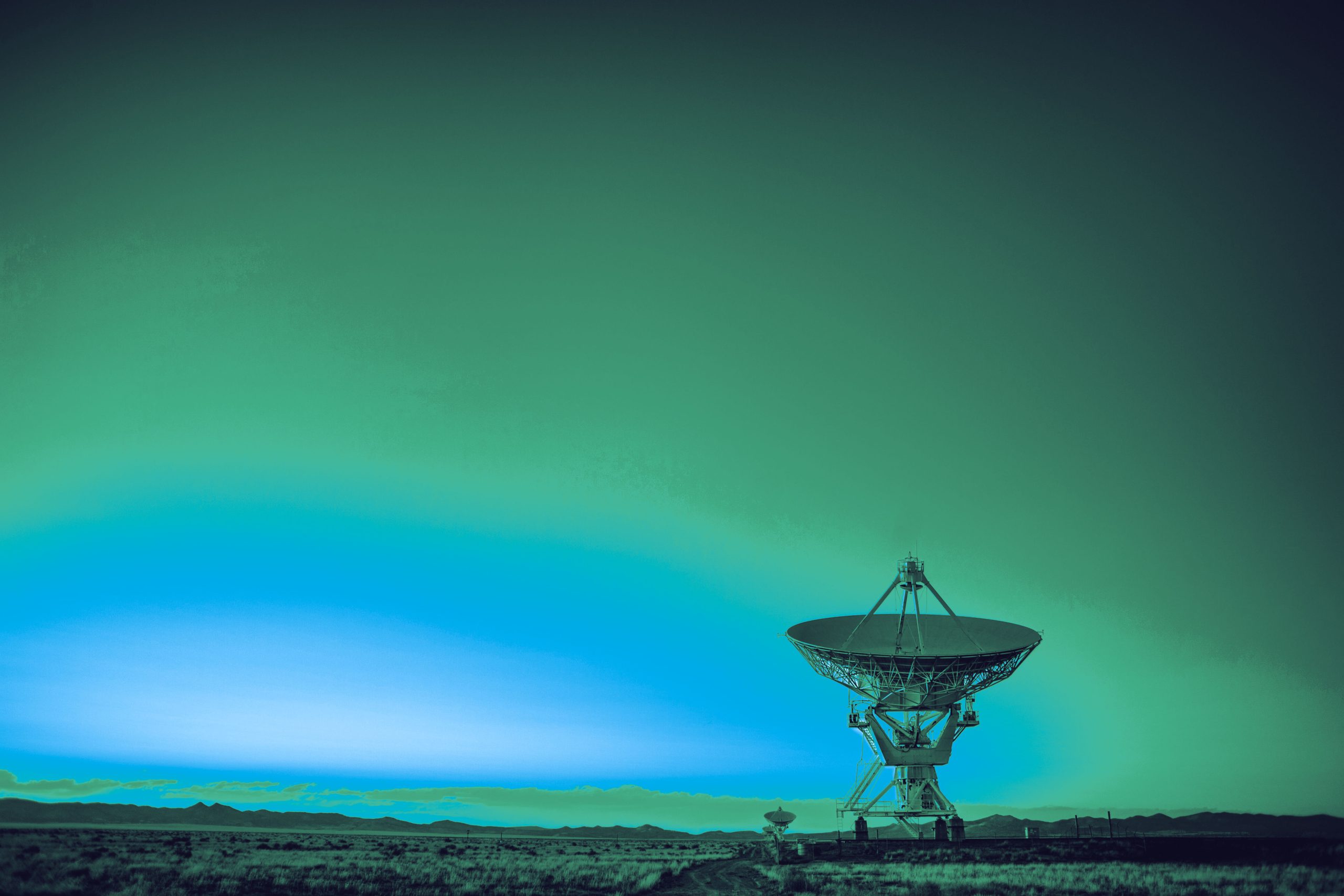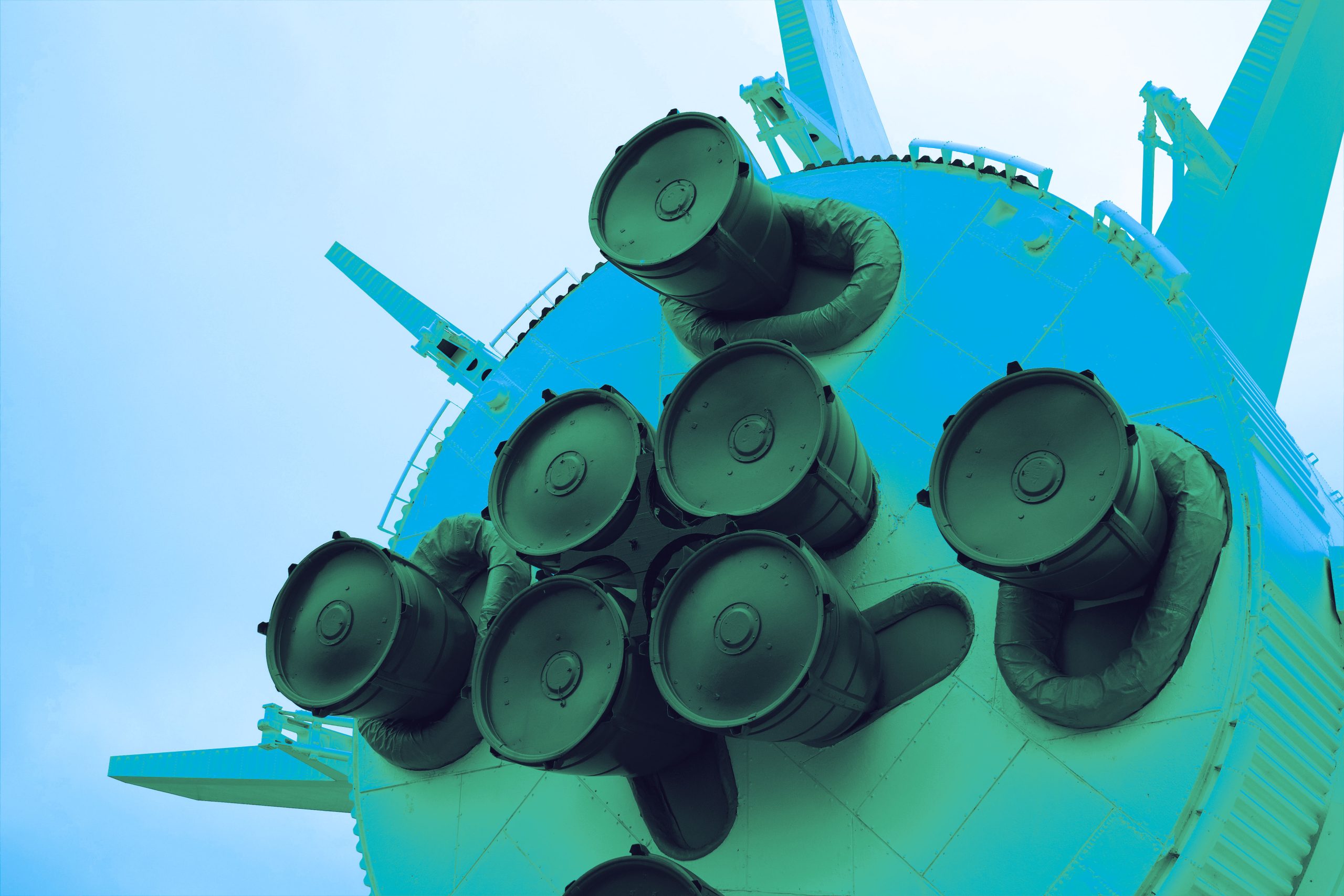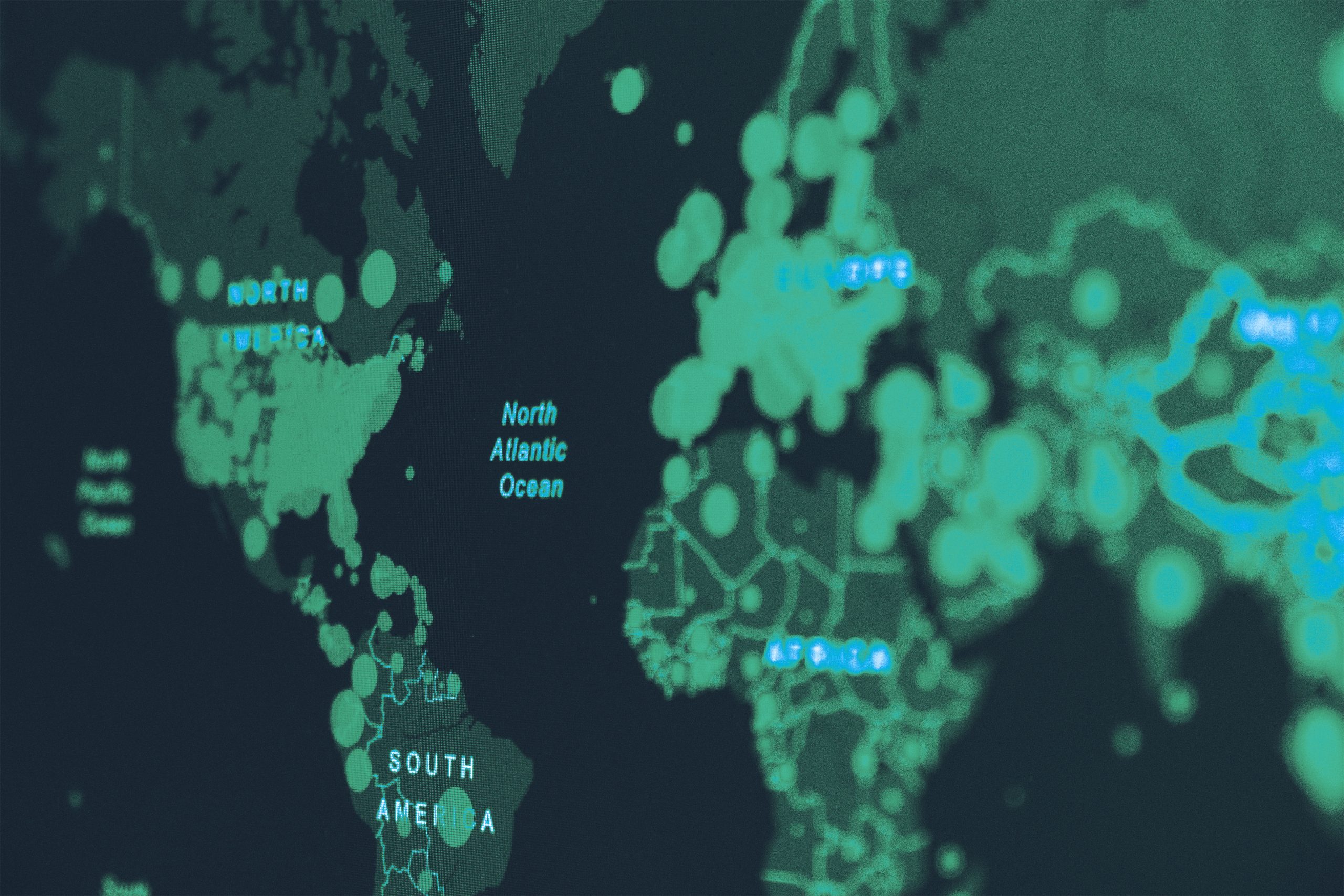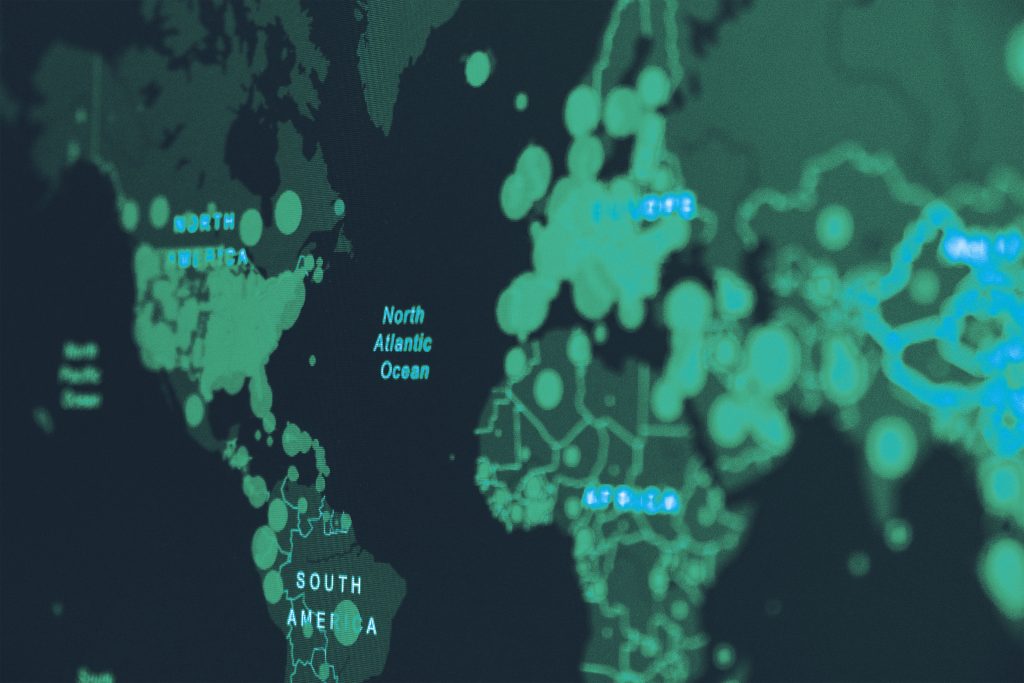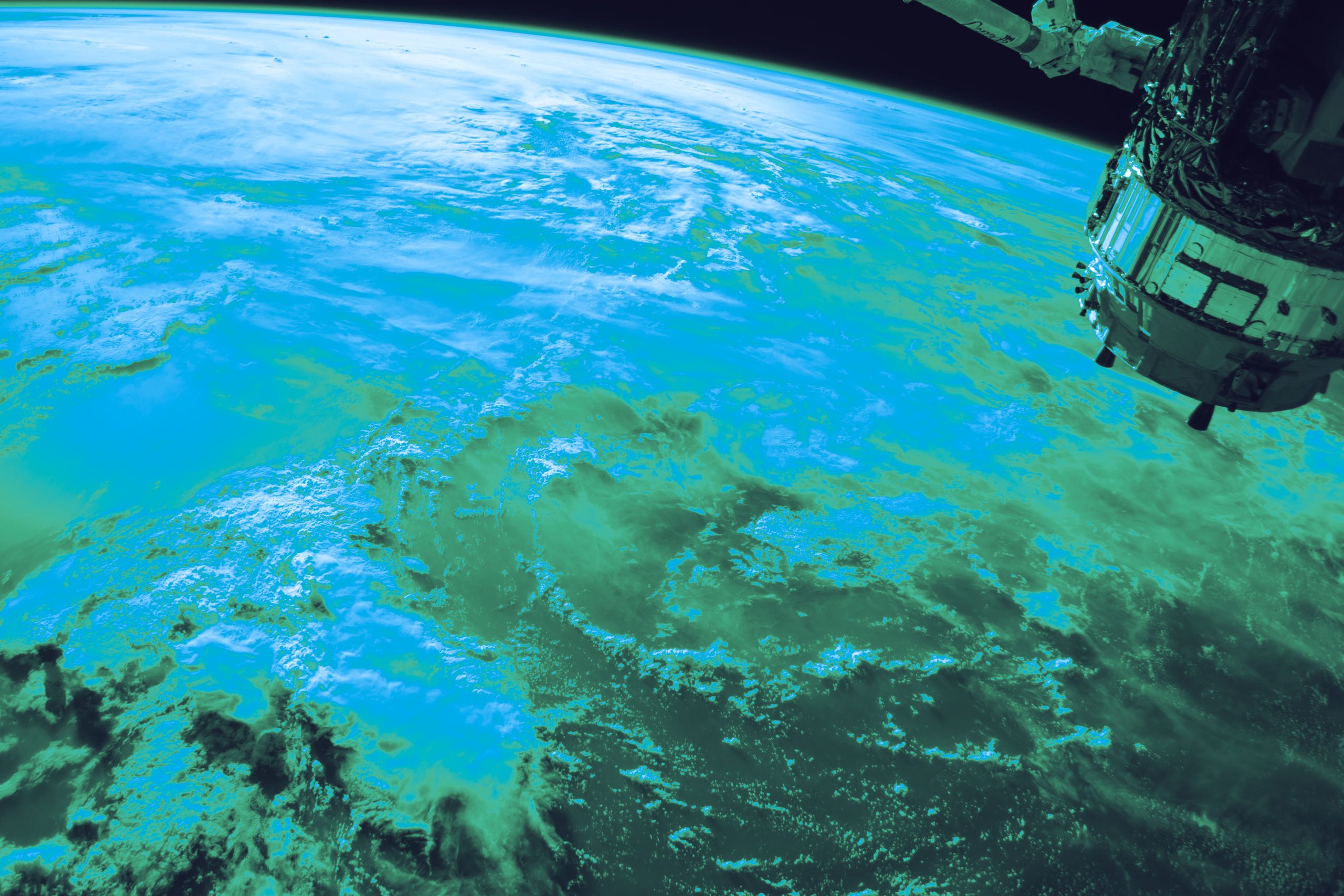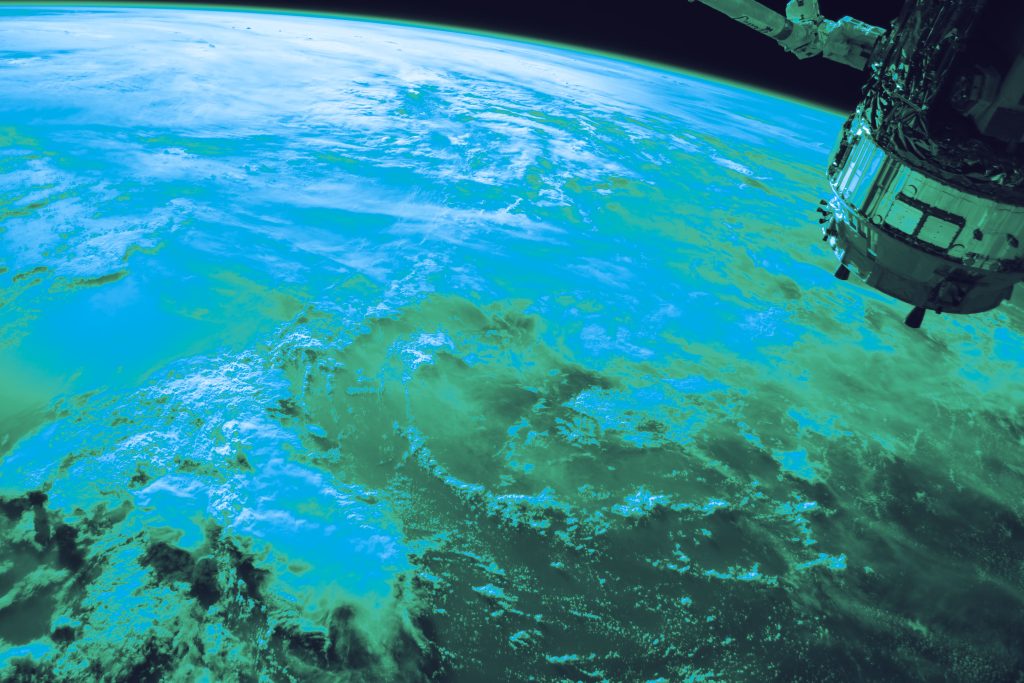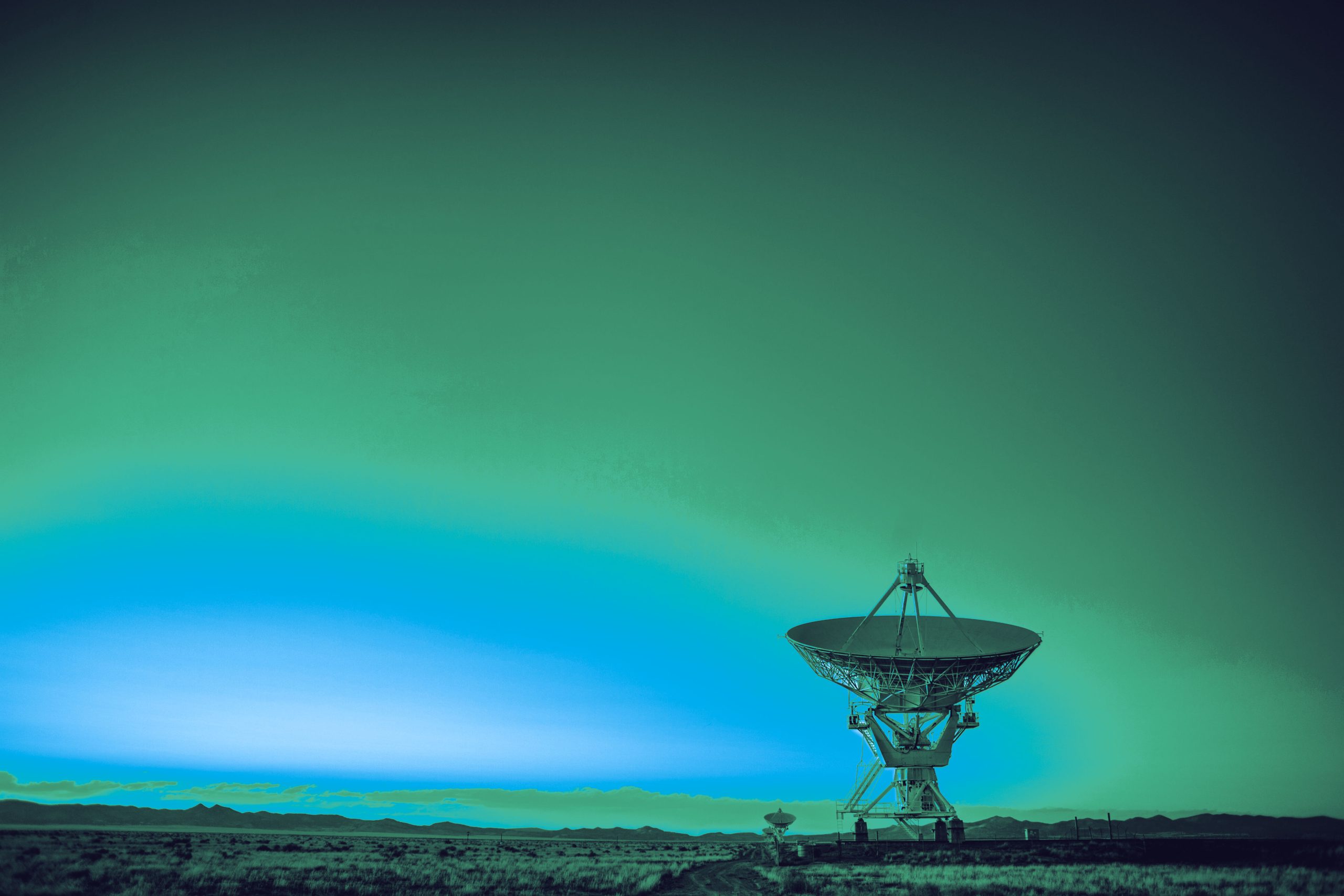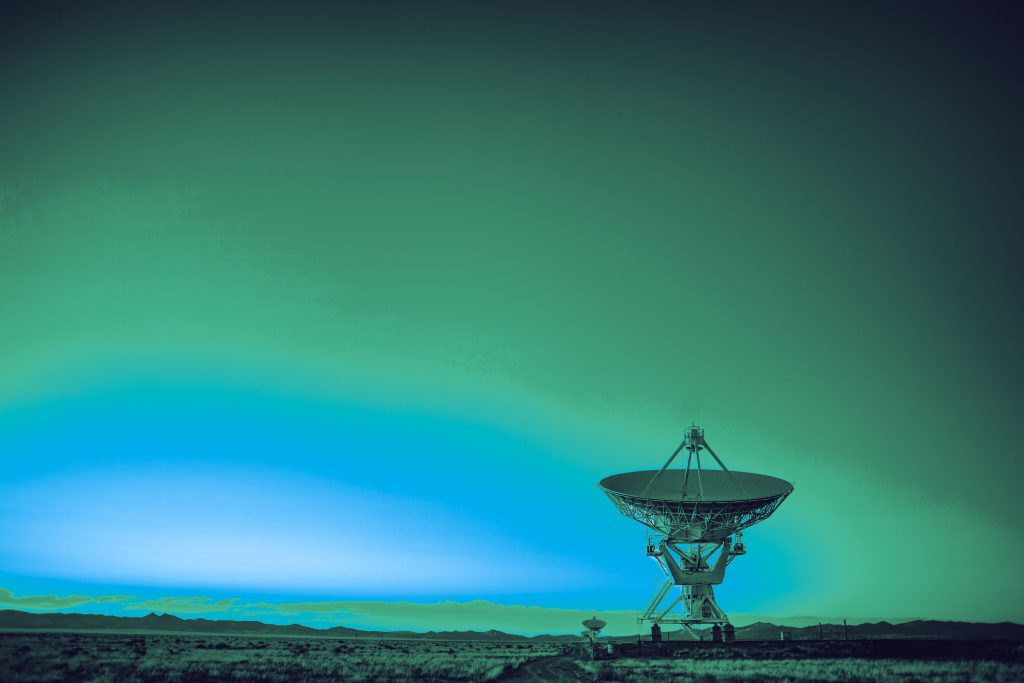With growing concerns over the human side of the space industry, ethics are becoming a pivotal part of conversations in the sector. On Episode 30 of The Satellite & NewSpace Matters Podcast, we spoke to Sita Sonty, the CEO of Space Tango, about her thoughts on the topic. Sita has an impressive career history in space, including leading space industry practices at the Boston Consulting Group and working as the Head of Human Spaceflight Sales at SpaceX. She also led an interesting career in government, with over 17 years of experience as a US diplomat. Combining these two areas has given her a wealth of insights into the legal and ethical implications of space. Read on to hear her thoughts.
“A lot of the decisions that are made by sovereign governments impact where you can launch a launch vehicle from, how much payload it can carry, the purpose of its payload, whether it is designed to have a civil, commercial or national security purpose, how many of those technological pieces can be made in your nation as opposed to manufactured elsewhere… There are also questions like ‘To what extent is technology transfer either problematic from a sovereignty perspective, or highly beneficial from a bilateral negotiations perspective?’ These are the things that have generally been decided upon by senior government officials.
At the same time, ethical concerns are not only limited to complex foreign policy and national security decisions. Every government has to make those decisions on an increasingly frequent basis, given the amount of activity that’s happening in space, and the number of countries that are getting involved in the space economy. That being said, those decisions are not only made by those senior policymakers – they’re also increasingly made and shaped by the technologists themselves. There is a natural tension between wanting to continue at the pace of innovation so that we’re launching as quickly as we can and meeting those ethical limits.
We’re providing frequent opportunities to launch, and we’re bringing down the unit economics so that launch capability is at today’s level of affordability. However, it’s not just being provided by one provider – there’s a multitude of launch providers out there that can enable access to space. Let’s say we achieve that, we’re still in a world where there’s one major launch provider, but there’s a number of other newcomers who are increasingly catching up, but are not quite there yet. As that dynamic grows or evolves over time, let’s say there’s increasing access to various orbital planes, the big ethical question is, ‘How do you reasonably allocate access to orbit?’, because it’s not an infinite resource.
There’s a great study that’s been done by Professor Richard Lunars at MIT, on how to appropriately calculate orbital access if it’s not an infinite resource. How do you appropriately calculate it using just data? On top of that data, you overlay the filter of ethics and say, ‘Well, in a perfect world, there should be equitable access to orbital slots or orbital bins in various orbits, and the proliferation of LEO is the one that is of greatest concern’.

So from an ethical perspective, who gets to decide, and what is the fair outcome? How do you measure the fairness of that decision-making process, as well as mapping as much actual data as possible? You have to consider whether that data is the economic contribution or the percentage of GDP of a given country to its space programme. Is that the proportion by which they’ll be granted access to an orbital slot or set of slots? There’s the international telecom union that has performed something similar in geosynchronous orbit for the telecom industry, but what about LEO? And what about if we’re going beyond one industry and trying to encourage as much industrial growth in low Earth orbit as possible? Is there a new agency that can provide that function? These are the kinds of things that folks in industry think about constantly because there’s this big laudable goal of democratising space, but that is a lot harder to achieve when you think through not just the economics of it, but also the ethics of it.
So how have the ethics questions evolved during my time in the industry? I’d say in a few ways. There’s the ethics of access to performing what you want to perform in the orbital location where you want to perform it because you can’t perform the same functions everywhere. Access is, in effect, controlled by the launch providers. You could set policy to say, ‘Here’s an international organisation, various countries are going to fund it, it’s going to be similar to ICAO, which governs commercial aviation.’ There’s some precedent for the policy segment to say, ‘We’re going to start up agencies at the national and then the international level and those agencies will resource governance structures and technologies that will enable us to have things like air traffic control in space.’ That is a highly evolving segment which provides access to various orbital locations through various launch providers.
It’s attracted a lot of attention because at the end of the day, do government agencies have enough resources to keep up with the pace of innovation, and continue to provide that access to orbital locations in a reasonable timeframe? That requires resources, judgement, knowledge, skills and abilities. That’s the phase of evolution that we’re in right now. When it comes down to microgravity research (which is what space will do in the value chain), there are other governing bodies that we partner with, such as the FAA and NASA, for certification of our hardware and facilities. We also partner with the FDA to provide us with what’s called the Current Good Manufacturing Practice licence, so that the artefacts that we bring back down from microgravity can be utilised on humans. Whether it’s for stem cell tissues, organs on chips, or drug compounds, to be able to bring substances back down, you still need to have the approval and certification to put that into a human body. There is a thought-through process and set of ethics around it.
There have been structures that we at Space Tangle have been able to leverage, historically in a pretty short timeframe, so that we’re keeping up with not only the pace of innovation and trying to move the needle on it, but at the same time making sure that we’re thinking through the most ethical and equitable outcomes. We aim not only to preserve the lives of the humans who are going to be beneficiaries of the payload that we bring down but also to do no harm in the process.”
To hear more from Sita about the human element and governmental impact of the space industry, tune into Episode 30 of The Satellite & NewSpace Matters Podcast here.
We sit down regularly with some of the biggest names in our industry, we dedicate our podcast to the stories of leaders in the technologies industries that bring us closer together. Follow the link here to see some of our latest episodes and don’t forget to subscribe.
